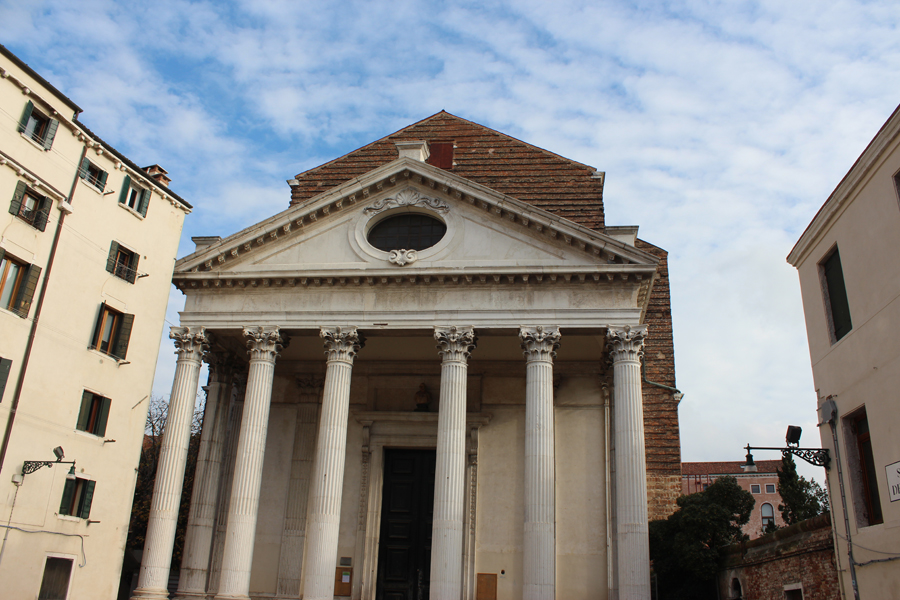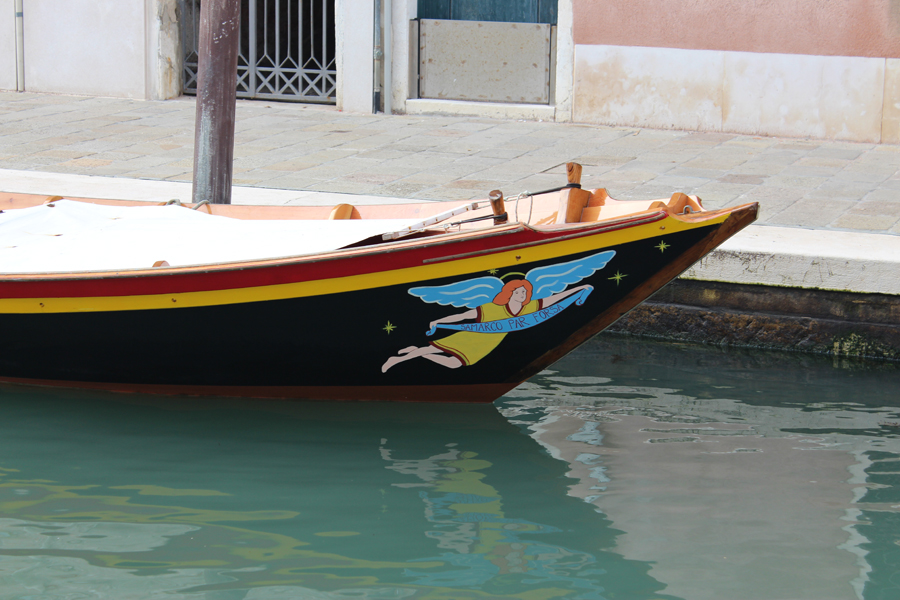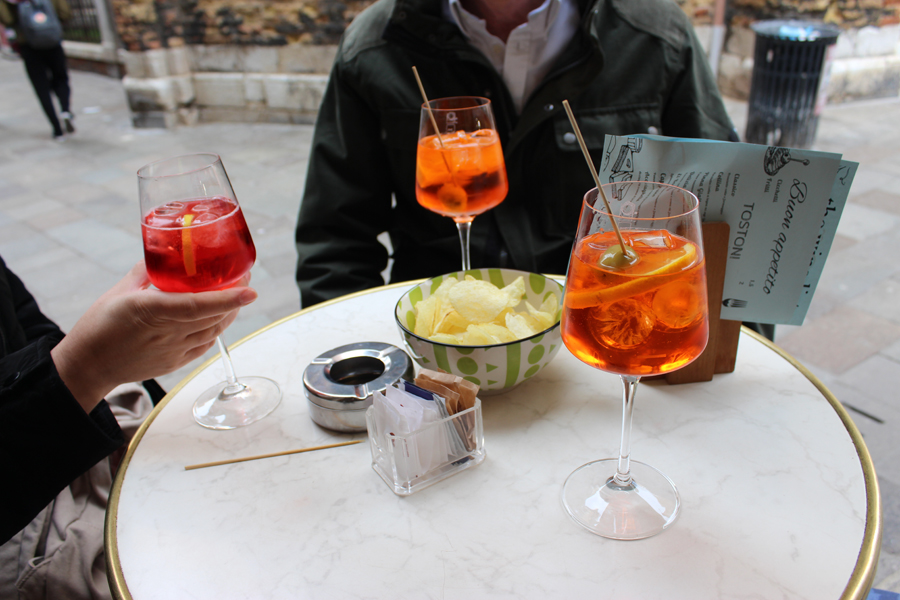Conference: ‘Venice, Italians and the Ottoman Levant’, Venice, Italy, 24 November 2022 - flyer: - video 1:, video 2:, video 3:

The organising team and some of the speakers the evening before the conference. Left to right: Craig Encer, Quentin Compton-Bishop, Vera Constantini, Tommaso Stefini, Philip Mansel, Luis Miguel Selvelli, Claude Sciaky-Menasché (host to dinner at Il-Circolo dell’Unione club), Chiara Marchesi, Chiara Perigotto Cego.

Vera Constantini giving the inaugural presentation of the conference.

Quentin Compton-Bishop, Chairman of LHF


Francisco Apellániz

Luis Miguel Selvelli

Didem İşler

View from the auditorium: Aula Mario Baratto, Ca’ Foscari University
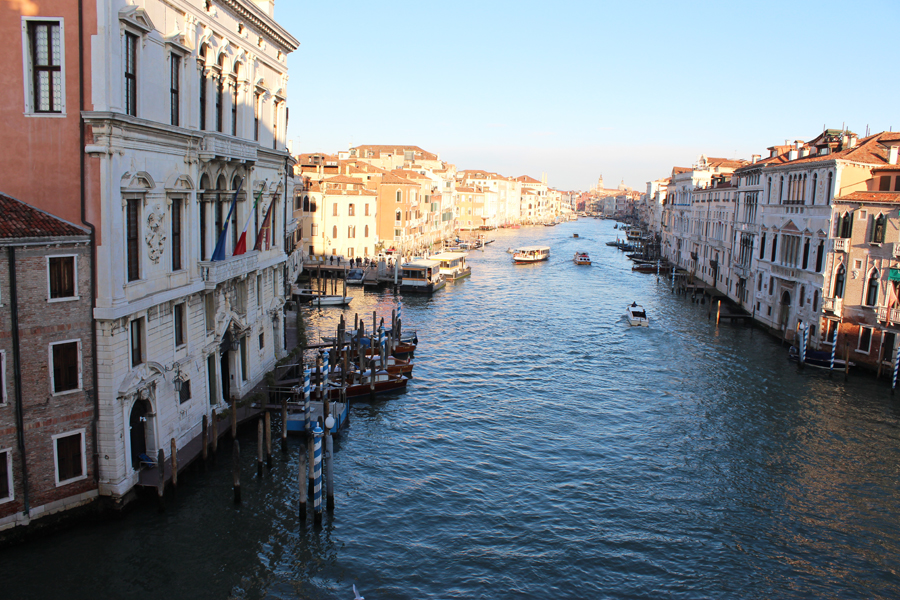






Tommaso Stefini
End of conference group photo - we thank all the organisers, sponsors, speakers and delegates who have spent their time and energy to make this conference a success.

The start of the organised tour, guided by Marialaura Bidorini


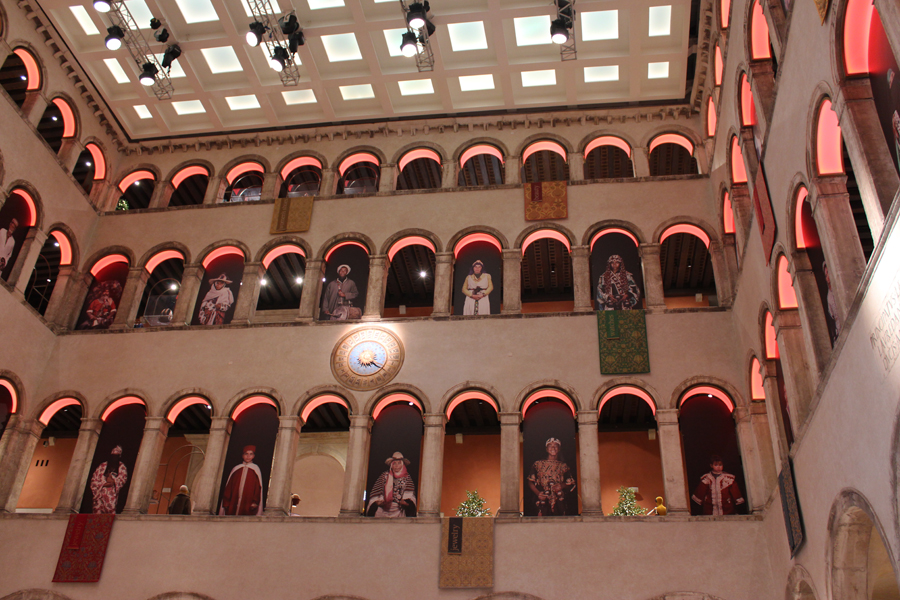
The Fondaco dei Tedeschi (warehouse of the Germans) is a historic building situated on the Grand Canal near the Rialto Bridge. It was the headquarters and restricted living quarters of the city’s German (Tedeschi) and minor other Northerners such as Dutch merchants. The word fondaco comes from the Arabic funduq, which refers to an inn-like establishment for traveling merchants. The ground floor was accessible by water and was used for storage, while the first floor was dedicated to offices and an upper area contained about 160 living quarters. Venetian authorities owned the building, the merchants had to pay rent, thus ensuring overall control.

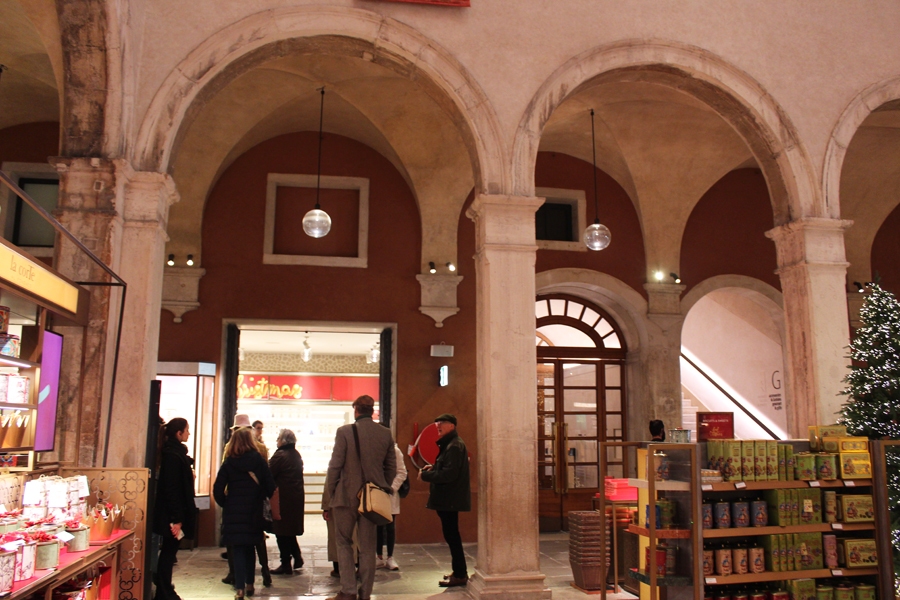






Flagstone with drain-holes for the rainwater to feed the nearby well.












La Testa d’Oro, or “Golden Head“, is located 20m away from the Rialto Bridge, on the San Marco side, in a very busy area full of ‘banchetti’ (souvenir stands). it is the remain of a reputed shop: the most important spicery of Venice. In an era where the majority of the people could not read, the spicery called “Alla Testa d’Oro”, wanted to be easily recognizable by anyone, and came up with this clever solution. The reason behind its fame was a secret preparation of “Theriachia d’Andromaco”, a cure-all panacea which they started to produce in 1603. The quality of the remedy was so outstanding that the Serenissima itself was allowing them, and them only, to produce it three times per year, while everyone else was allowed to create their own recipe only once.
“Alla Testa d’Oro” kept running for over 240 years, and survived the end of the Serenissima, as well as the successive foreign dominations: Napoleon first, then Austria and later Italy, all thanks to the legendary properties of the “Theriachia d’Andromaco”. In the 1940s, nonetheless, with the introduction of new laws forbidding the use of psychotropic drugs, opium was banned and the original recipe could not be produced anymore.


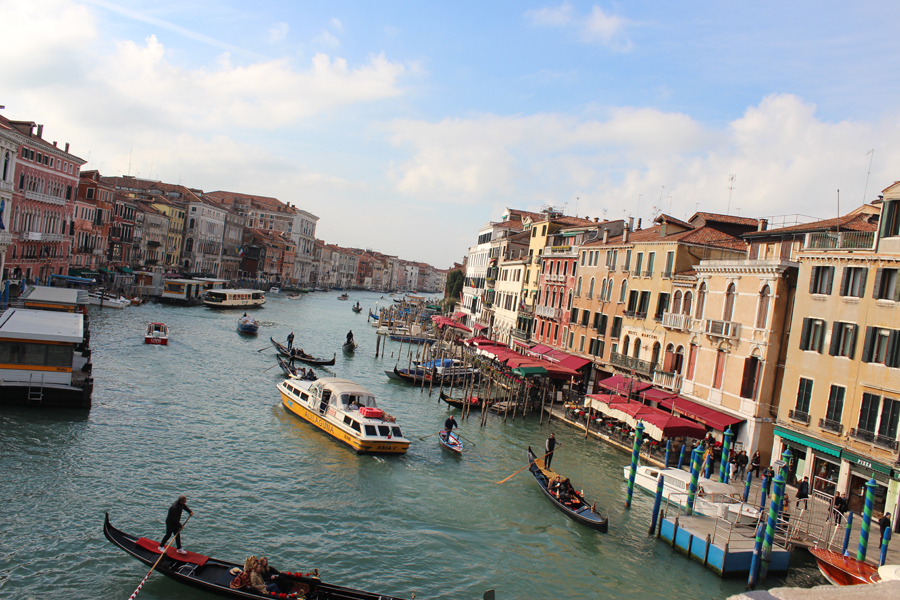

The fish market.

The former jewellery stand openings with peep-holes for the sellers to judge if the customer was worthwhile to engage with.

The first banking quarter in the world.


Giro means rotation in Italian but in Venice it was the means of credit being given to merchants in return for their goods and the word has morphed into international finance since.






With space at a premium tiny churches can have massive towers!

The spice bazaar on which the city was the hub in now a shadow of its former glory, however there is still a modest tourist based trade.






Historic minimum fish sizes that can be sold at the market stone plaque.


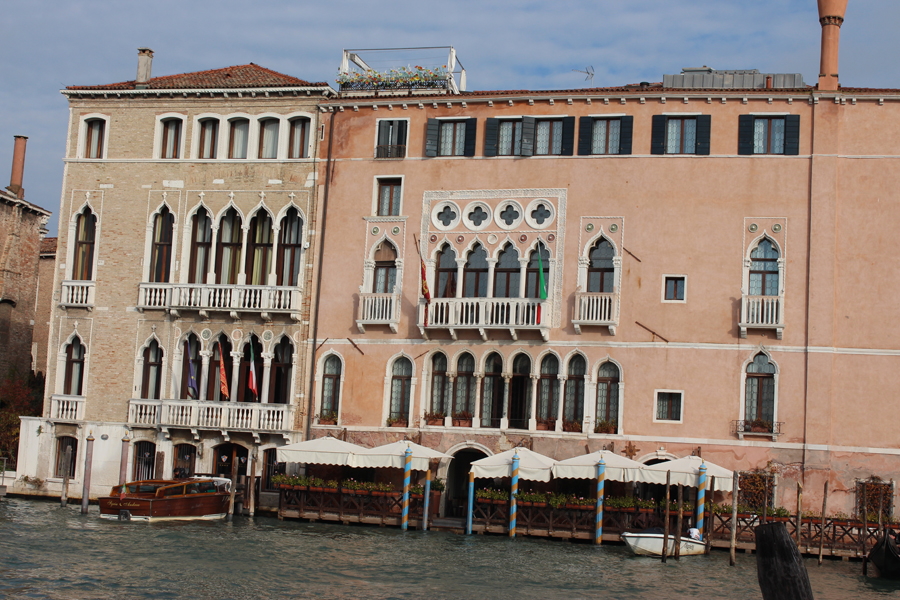
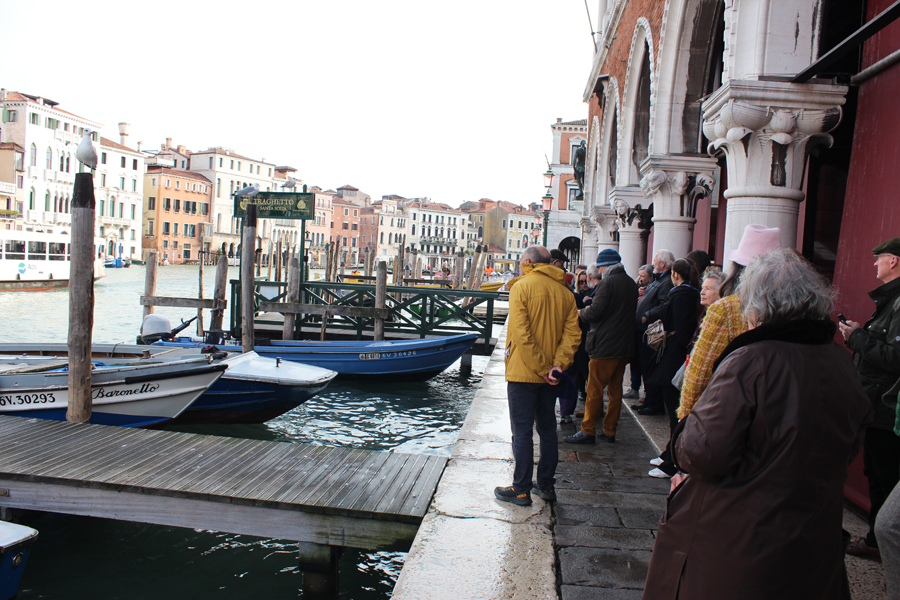


Pietro Aretino 1492 - 1556 was an Italian author, playwright, poet, satirist and blackmailer, who wielded influence on contemporary art and politics. He was one of the most influential writers of his time and an outspoken critic of the powerful. Safe in Venice, Aretino became a blackmailer, extorting money from men who had sought his guidance in vice. He “kept all that was famous in Italy in a kind of state of siege”, in Jakob Burckhardt’s estimation. Francis I of France and Charles V pensioned him at the same time, each hoping for some damage to the reputation of the other.










The damage to the Venice lion relief could be the work of the rather hated Austrians who ruled the place 1797-1861.


Externally placed chimney stacks were intended to reduce the risk of fire.















From the early 17th century through to 1838, the fondaco served as a residence for Venice’s Ottoman Turkish population (thus “dei Turchi”). The fondaco (from Arab: fonduk) then served as a combination home, warehouse, and market for the Turkish traders. A number of restrictions were placed on the fondaco and its residents, including certain times one was able to enter and leave the fondaco, as well as on trading. Among other things, Venetian Turks imported wax, crude oil, and wool to the city. After the Venetian Republic was conquered and abolished by Napoleon Bonaparte in 1797, the Turkish traders continued to live in the palazzo until 1838. The building was in a very bad state by the mid-19th century, and was completely restored between 1860 and 1880.

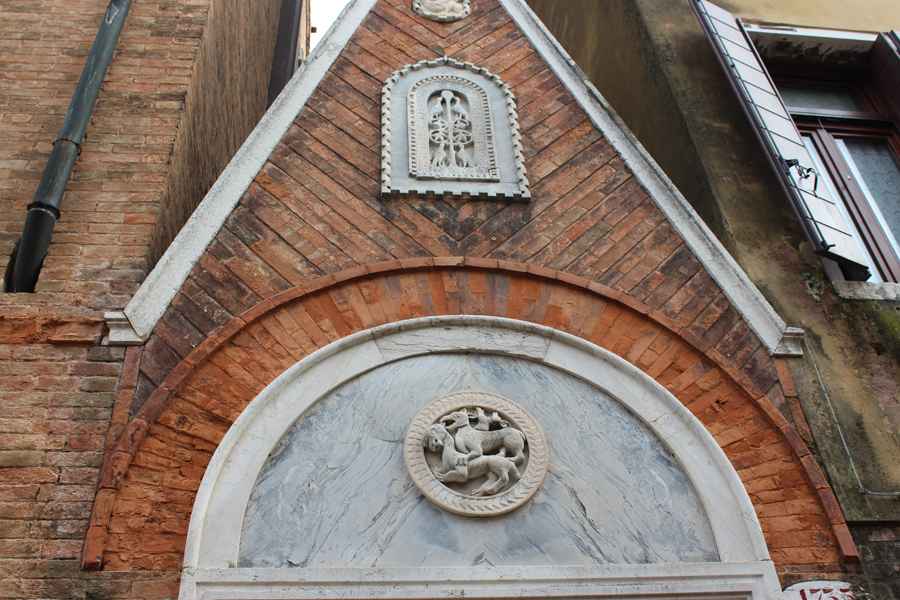

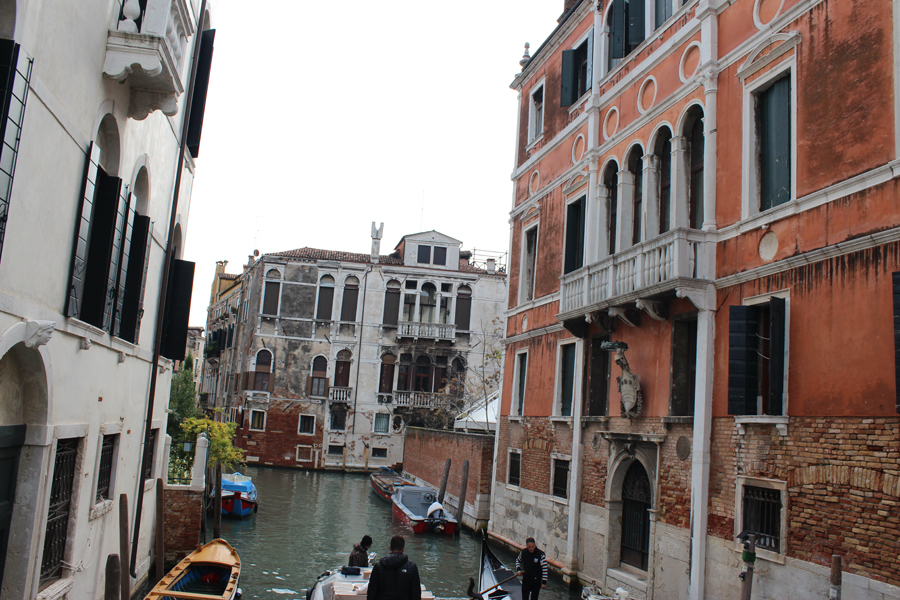




The Basilica di Santa Maria Gloriosa dei Frari, usually just called the Frari, is a church located in the Campo dei Frari at the heart of the San Polo district of Venice, Italy. The largest church in the city, it has the status of a minor basilica. The church is dedicated to the Assumption of Mary.











